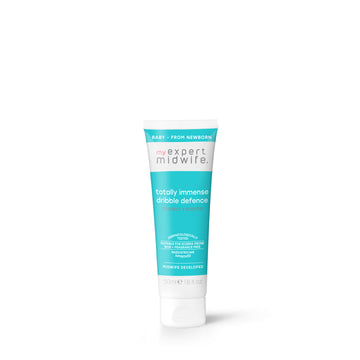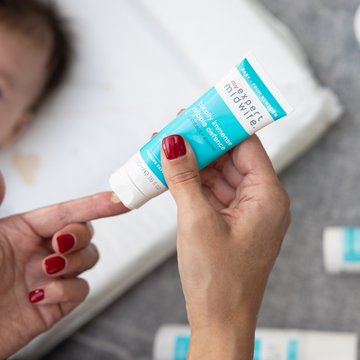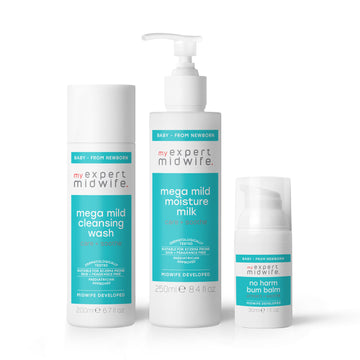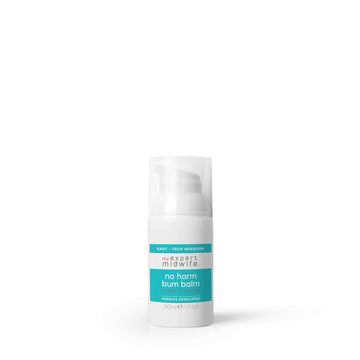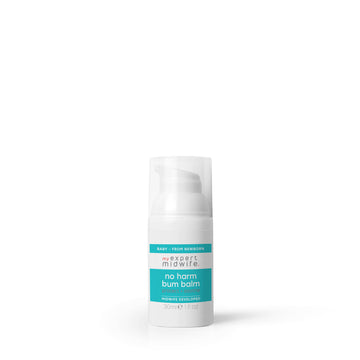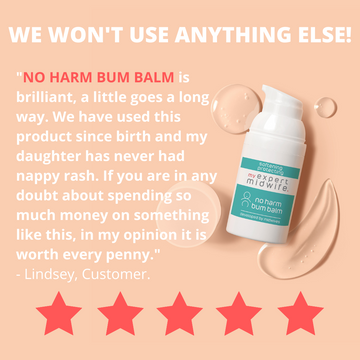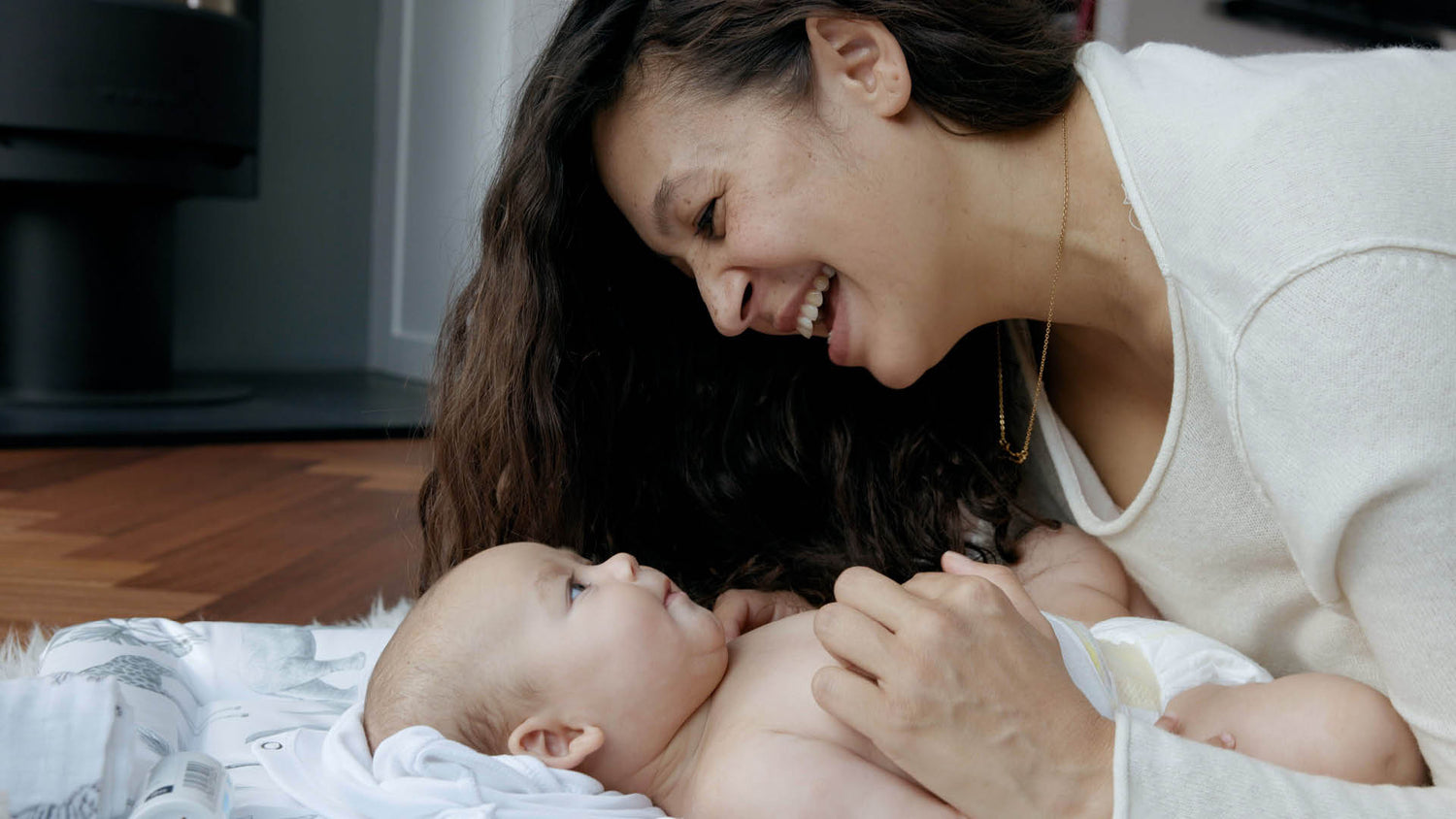Many buzzwords are involved with pregnancy, birth, and babies, which can be overwhelming and cause confusion.
This blog's information will help you understand what Baby-Led Weaning (BLW) is all about, why it is important, and how to get started.
What is baby-led weaning?
So what is meant by BLW, what are the best baby-led weaning first foods, and why is it so important?
Quite simply, it is precisely what it says it is. Taking cues from and responding to your baby when transitioning from an all-milk-based diet to one that includes solid foods.
The World Health Organisation (WHO) and Department of Health (DoH) advise that babies should be on a milk-exclusive diet for the first six months.
This advice is based on robust evidence that has linked early weaning with increased health concerns in babies and later life, as their kidneys and digestive systems are not sufficiently developed to cope with the demands of foods other than milk.
BLW should be viewed as complementary to milk feeds rather than a replacement. It is a very different approach than the more traditional spoon-fed weaning of previous generations. Here are the main features:
- BLW involves chunks of food that are sufficiently large enough for the baby to hold. The baby will not develop a finger-pincer grip or grasp for small pieces of food until approximately 9-10 months
- Tends to skip the mashed and pureed stages of food, although these can still be included in a BLW approach
- Baby chooses what foods to eat and how much and tends to be exposed to more flavours and textures than blended foods
Benefits of baby-led weaning?
BLW is an approach that has been around for over a decade and is supported by research looking at the nutritional health and well-being of babies and children. The benefits of BLW are numerous and include but are not limited to:
- Babies tend to be less fussy about food as they are exposed to a wide variety of tastes and textures from an early age
- Time-saving as there is no need to blend the food you are giving
- Helps to develop baby’s fine motor skills as they learn how to pick up and move food into their mouth
- Babies tend to regulate how much they eat. Research shows that spoon-fed babies may sometimes be overfed, which can increase the risk of obesity in later life
- BLW babies are more likely to be included at family meal times rather than being fed separately, which helps to develop their social skills
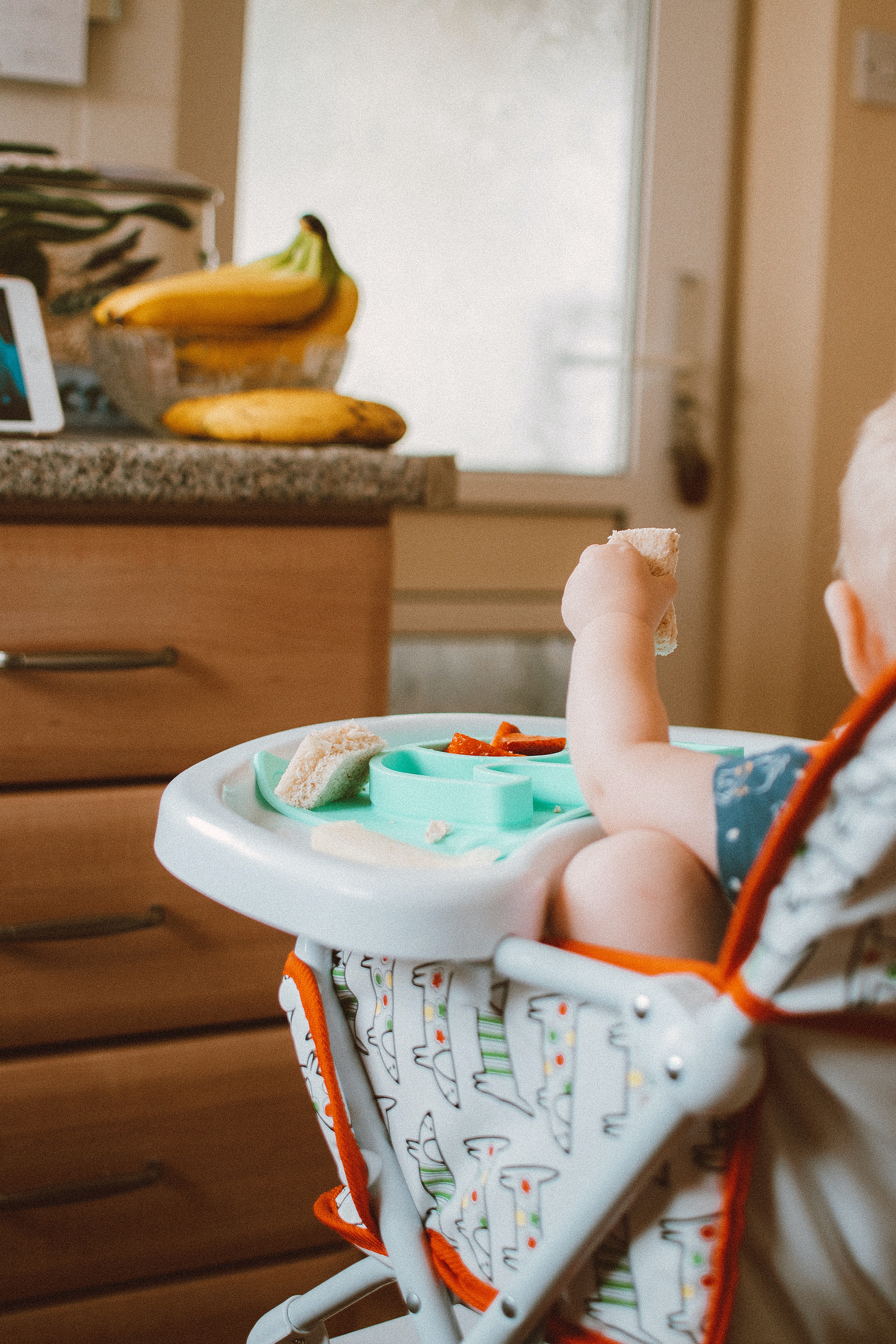
How and when do you start baby-led weaning?
BLW recognises that babies must reach a particular developmental stage to process anything other than breast milk or formula. Signs that your baby may be ready for solids are:
- Baby can sit up unaided and has good head and body control
- The tongue thrust reflex is gone. This is a reflex that babies are born with. Before they’re ready for solids, they push the food back out of their mouths with their tongue. This protects them from swallowing anything other than milk before their body is ready
- They can pick items up with their fingers and thumb, hold them firmly, and bring items to their mouth
- They are showing an interest in food and perhaps reaching for it – but this can happen far earlier than other signs and, on its own, isn’t a sign of readiness
- Baby is around six months old
How baby-led weaning works?
If your baby has met all of the above milestones, they may be ready to try solid foods.
There’s no hurry. Breastmilk or stage one formula should still be their primary food source for the first year of life. So, it’s ok to take your time and enjoy the process, mixing in a baby-led weaning breakfast now and then.
- BLW means giving your baby the same foods as the rest of the family is eating (with some exceptions - see below). But in sizes that they can hold in their hand. This makes introducing solids extremely easy, with no extra meal preparation
- Your baby should be able to sit up on their own, so have them join you at the table, perhaps in a highchair or on your lap
- You can give them pieces of large enough food to hold easily, such as a stick of cooked broccoli or carrot, a bit of meat or tofu, some toast, or a banana
- To start with, food is fun, something new to explore, play with, and learn about. They may swallow some, they may not. Often, you’ll start to see evidence of swallowing in their nappy!
- It doesn’t matter; they’re learning about textures, colours, and flavours, using their jaw muscles, and practising fine motor control as they pick up a tasty morsel and try to find their mouth. Even before they have teeth, babies will chew with their gums
- Although they won’t be able to cut through more challenging foods such as meat, gumming these foods will still release nutrients, essential vitamins, and minerals
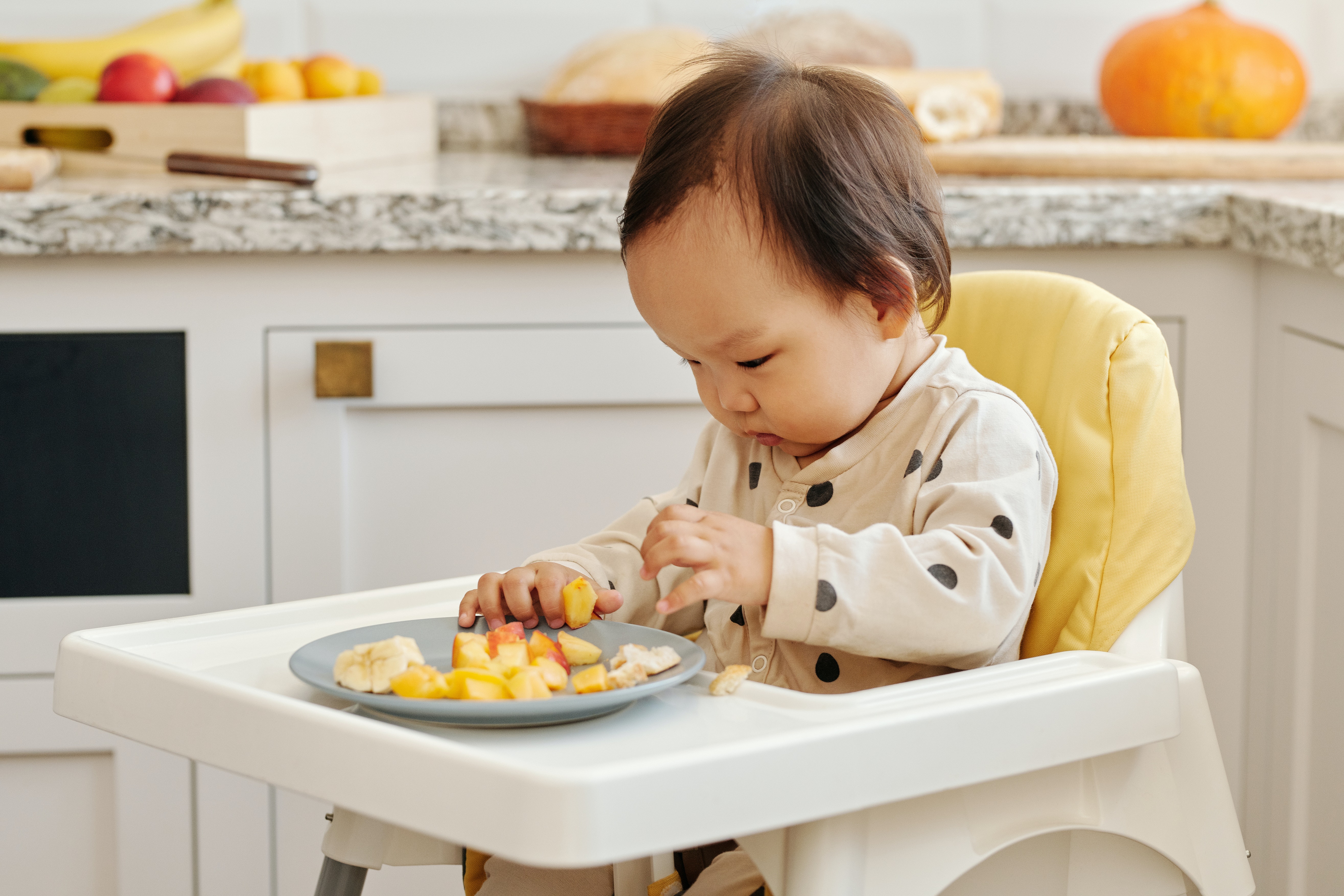
The best foods for baby-led weaning
When starting to wean your baby, it is essential to include different textures and flavours.
Purees, mashed foods, and finger foods make some of the best baby-led weaning foods, but consider the age of your baby and what they are capable of grasping, chewing, and swallowing when making your baby-led weaning meals.
They may pull faces and spit out at certain textures and flavours, but this is just that they are new, so keep offering them and let the baby decide what they would like and when.
When choosing foods to include in BLW, you should:
- Avoid processed foods that are likely to be high in salts, sugars, and additives. These foods aren’t great for your baby and probably aren’t best suited to introducing solid food to your baby
- Give fresh foods which have been lightly cooked or steamed to preserve their nutrients
- Focus on savoury foods first and introduce sweeter foods later, as babies prefer sweet tastes
- Think of a healthy diet for an adult and scale it down for a baby. Keep it healthy, nutritious, colourful, engaging, and tasty
- Include carbohydrates, proteins, vegetables and fruits, a little fibre, and some good fats
Follow these baby-led weaning tips, and you'll be one step closer to offering your baby healthy and nutritional meals for breakfast, lunch, and dinner!
| Foods to include in Baby-Led Weaning | Foods to avoid in Baby-Led Weaning |
|---|---|
Vegetables Carrots SquashBroccoli Cauliflower Courgette Parsnip Beans Swede Sweet Potato Potato Red/orange/yellow pepper | Small chunks of carrot When first weaning, lightly cook or steam the vegetables, introduce raw vegetables to older babies who can chew to reduce risk of choking Wash all raw vegetables |
| Fruits Apple Pear Orange Banana Grapes (sliced lengthways) Berries (sliced lengthways) Melon Mango Pineapple Peach Plum Avocado | Whole Grapes and berries Wash all raw fruits |
| Pulses Peas and chickpeas Yellow or Red Lentils Beans – butter, kidney, cannellini | Avoid pulses and beans tinned in salted water |
| Meat Chicken Lamb Pork | Ham Bacon Sausage Cured Meats |
| Fish Salmon White fish Shellfish | Sardines Tinned fish Cured fish Raw fish |
| Eggs | Raw eggs |
| Nuts and Seeds Ground | Whole nuts |
| Bread Pita bread Toast Breadsticks Rice cakes (unsalted) | |
Dairy Whole milk used in cooking Hard cheese | Any milk other than breast or infant formula under the age of 1 year Sweetened, flavoured yogurts Soft unpasteurised cheeses – brie, camembert, etc. |
Baby-led weaning recipe ideas
Taking foods from the list above, please find below some baby-led weaning ideas to start your BLW journey:
Vegetable and Cheese Omelette Fingers
Ingredients:
- 1 tsp unsalted butter
- 1 tsp mixed herbs
- 2 eggs
- 15-30g grated hard cheese (Cheddar, Red Leicester…)
- 1-2 tbsp diced cooked vegetables (Red Pepper, Peas, Butternut Squash, Courgette, etc.)
Recipe:
- Melt butter in a frying pan over gentle heat
- Add herbs and vegetables and cook gently for a couple of minutes
- Whisk eggs and add to the pan
- Cook gently for a further 2-3 minutes
- Add the cheese and cook until the cheese has melted and the omelette is fully cooked. Flip the omelette or place it under a preheated grill to finish cooking if needed
- Slice into large fingers or chunks, cool, and let the baby enjoy
Hummus with Crudites and Dippy Fingers
Ingredients:
- 2 carrots
- 1 sweet potato
- 1 tin of chickpeas, butter beans, or cannellini beans in unsalted water
Recipe:
- Peel and chop the carrots and sweet potato into even-sized chunks
- Gently steam the carrots and sweet potato for 10-15 minutes until soft
- Let the vegetables cool
- Add the steamed vegetables and the drained chickpeas with a bit of water into a food processor and blend to a smooth puree
- Serve with wedges of lightly steamed courgette, red pepper, broccoli spears, and some lightly toasted wholemeal bread or pitta bread sliced into fingers
- Let the baby dip away
Yoghurt with Mango and Dippy Fingers
Ingredients:
- Natural Greek yoghurt (full fat)
- Mango de-stoned and diced
- Unsalted rice cakes or wholemeal bread lightly toasted
- Crushed nuts/seeds
Recipe:
- Lightly steam the diced mango and allow to cool
- Blend mango to a fine puree in a food processor
- Add a few teaspoons of natural yoghurt to a bowl and top with the cooled mango puree
- Place a small number of nuts and seeds into a food processor and pulse until finely crushed
- Top the yoghurt and mango with some of the nuts or seeds
- Add some rice cake or toast dippy fingers
- Serve the baby and let them enjoy themselves
By following these baby-led weaning lunch ideas, you’re sure to be able to give your baby the best possible start to the world of ‘real’ food!

Avoiding hazards with baby-led weaning
Just as with older children and adults, all foods come with risks.
Allergic reactions
As with introducing all new things, your baby may have an allergic reaction. Introducing just one or two new foods at a time makes it easier to identify what may have caused the reaction.
If you suspect your baby has an allergy, make sure to:
- Omit the food you suspect
- Keep a food diary
- Speak to a healthcare professional
Choking
Recent studies have shown that babies are at no greater risk of choking if they are BLW than spoon-fed. Many babies weaned, either way, will, however, gag.
Gagging is a powerful reflex in young babies, is not concerning (although it absolutely can be to a parent), and is a sign that their skills for eating and swallowing solid food are still developing.
Choking is much more severe as it is a blockage in your baby’s airway. You will need urgent medical assistance for a choking baby.
- Never leave your baby to eat alone
- Always stay vigilant and close by
- Only allow the baby to feed when upright and safely strapped into a high chair
Burns
To avoid your baby burning themselves on hot food:
- Allow any cooked food to cool down before giving it to the baby
- Do not be tempted to heat food in a microwave, as this may produce scorching spots
- Always check any warm food before giving it to them to avoid burns to their hands or mouths
Mess
Although not a hazard, mess goes without saying. Food + baby = mess, so be prepared!
- Lay down newspaper or other protective food covering under the baby’s high chair
- Protect their clothing with a bib or coverall
- Don’t use your best china plates or bowls
- Consider a bowl with a suction cup underneath, or just add the food to the baby's high-chair tray
It is likely more of the food will be mushed, spat out, dropped, thrown, or fed to the dog in the early days than will be eaten, but the baby will still be getting all of their nutrition from milk feeds, so don’t worry. Their motor skills will improve, and gradually they will eat more than they waste.
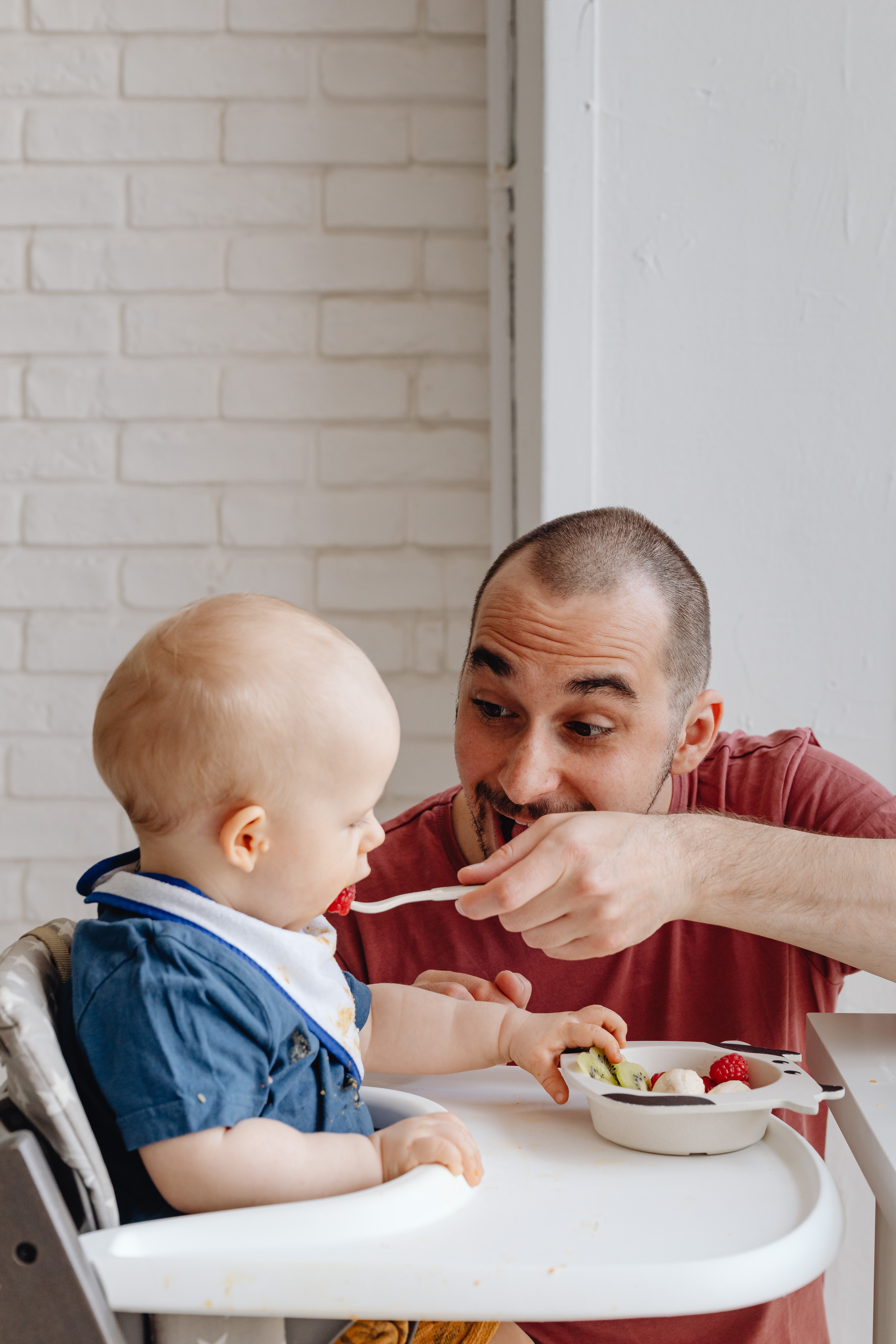
Weaning a baby takes patience and time
Whether you choose BLW or spoon-feeding, weaning a baby will be messy, so being prepared is an absolute necessity.
Every baby takes to weaning differently, so go at their pace and follow their cues.
Try varieties of fresh foods, starting with larger-sized pieces of softer foods that the baby can pick up and suck or chew on, and then gradually introduce new textures, colours, and flavours. As their motor skills improve, you can make the pieces of food smaller.
Include babies at family mealtimes and try to enjoy the process so that they enjoy it too. If the baby gags, reassure them, clean them up and let them try again. Keep their diet healthy and nutritious, and avoid additives, salts, and sugars, which can harm your baby.
Check out our midwife-developed range of baby products today. Developed with babies' wellbeing and health in mind.


